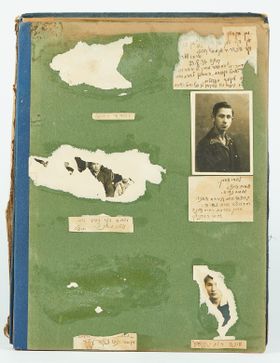Distant Vilnius


Liberating Vilnius
What connected Šeduva with Boston, Alytus with Cleveland, or Kaunas with Montreal during the interwar period? It was the Union for the Liberation of Vilnius. With 612 chapters in Lithuania and about 60 abroad, this organization united broad sections of society toward a common goal, including a significant number of Jews.
Since October 9, 1920, when Żeligowski and his troops entered Lithuania’s capital and annexed it to Poland, the issue of Vilnius remained the most pressing foreign policy challenge for nearly nineteen years. It's no coincidence that this date was chosen as a National Day of Mourning, observed annually until Vilnius was returned to Lithuania.
On this autumn day, flags would fly in the shtetls from early morning, church services would be held, sermons delivered, and the graves of soldiers volunteers would be visited. Both children and adults took part in the commemoration.
However, historians point out that when looking at chapters further from Vilnius, it becomes clear that for the average rural person, the idea of liberating Vilnius—and Vilnius itself—felt quite distant.
Even the priest of Troškūnai, Antanas Pauliukas, noted in his diary: “In the evening, you can hear the youth singing in Vaidlonys and elsewhere. They don’t grasp the importance of the moment. What is Vilnius to them? It doesn’t give them bread. They’ve never seen it. Vilnius is as meaningful to them as Lhasa in Tibet is to us."





